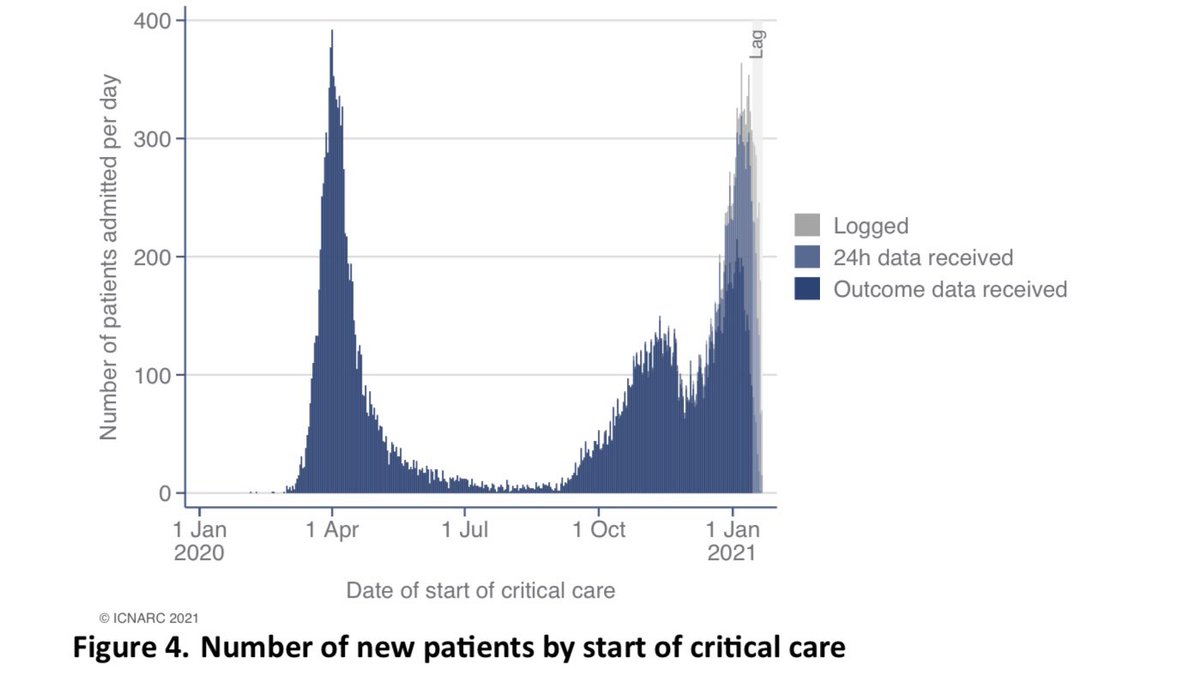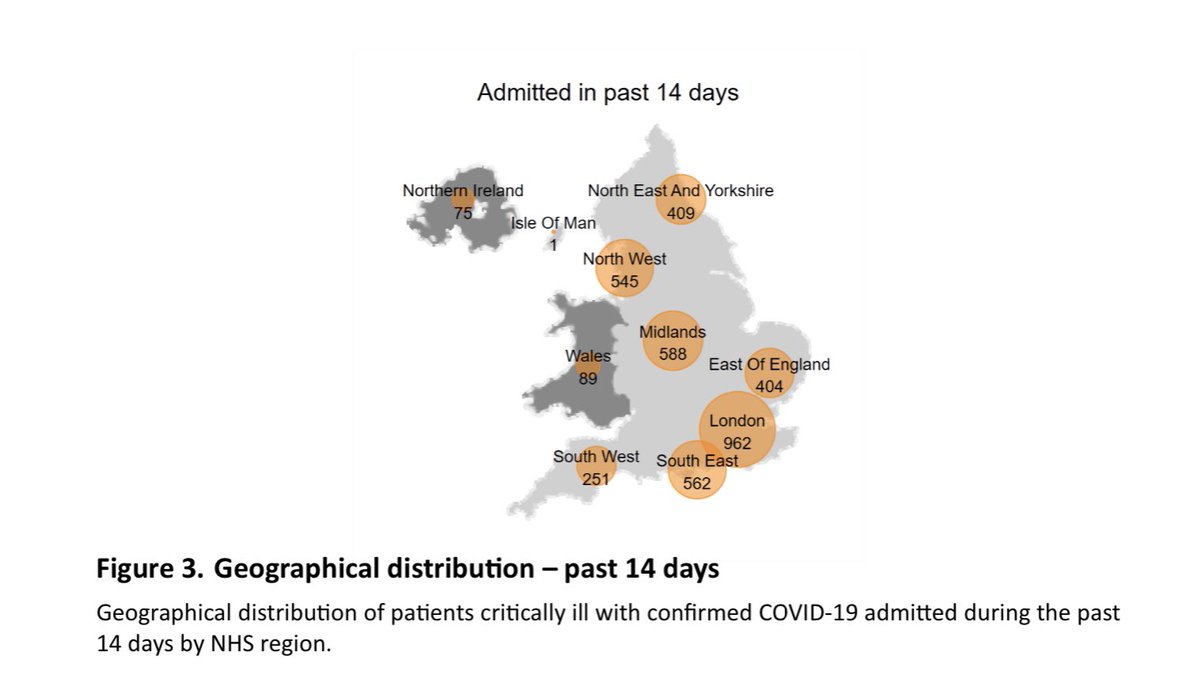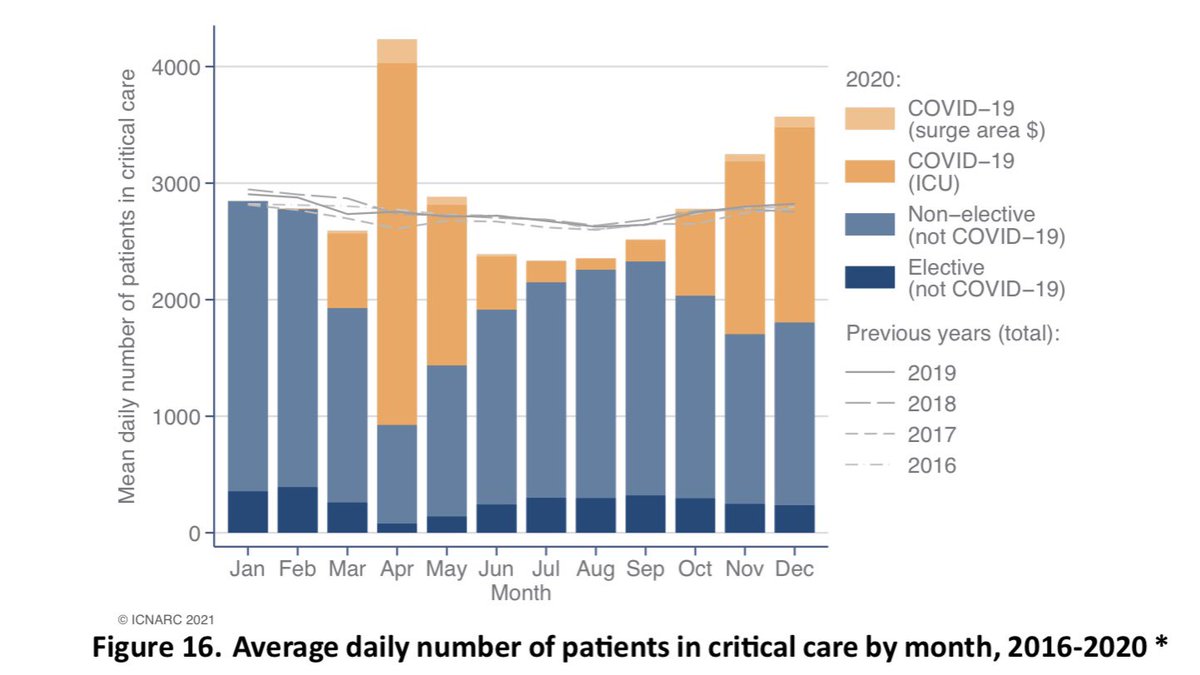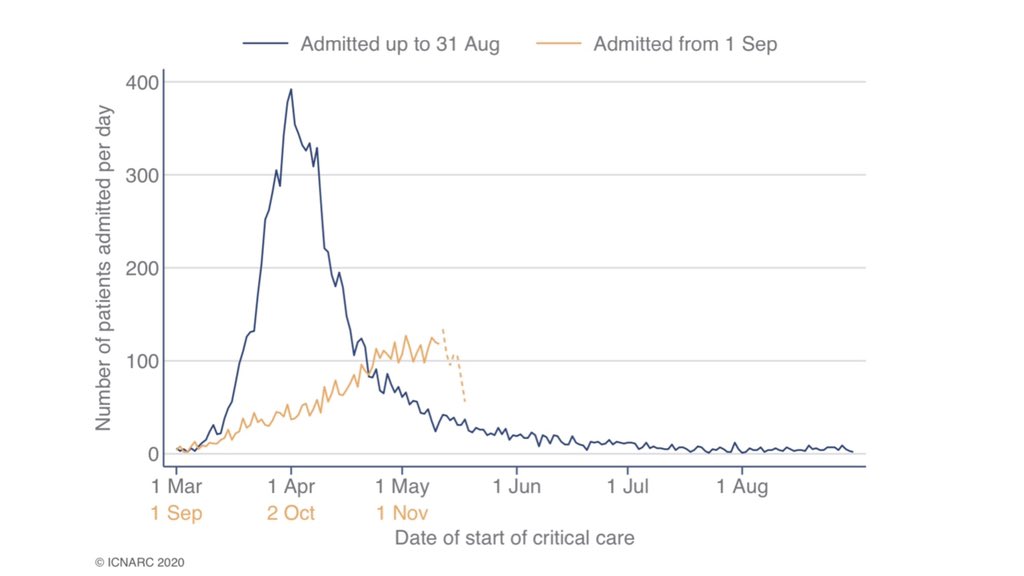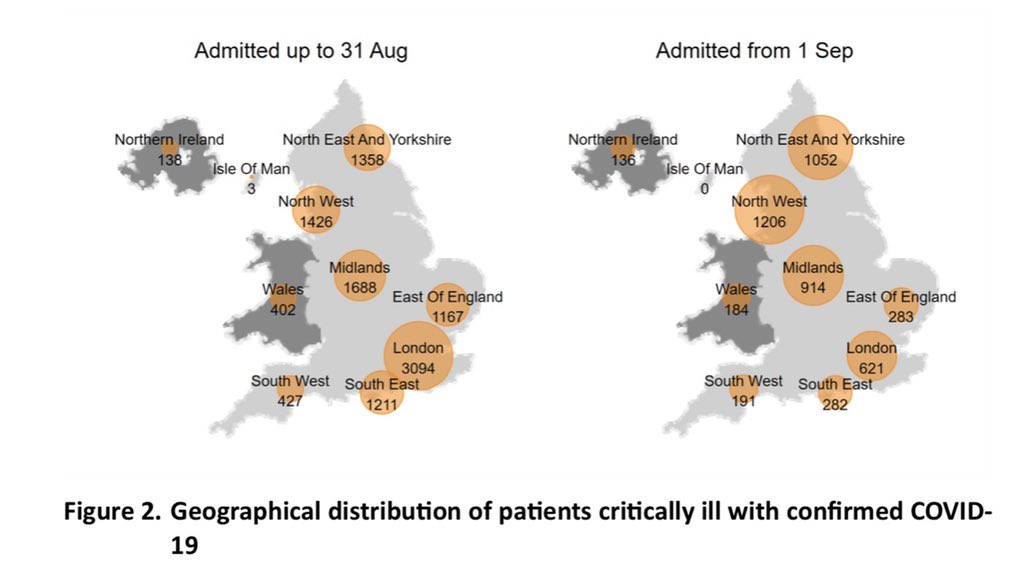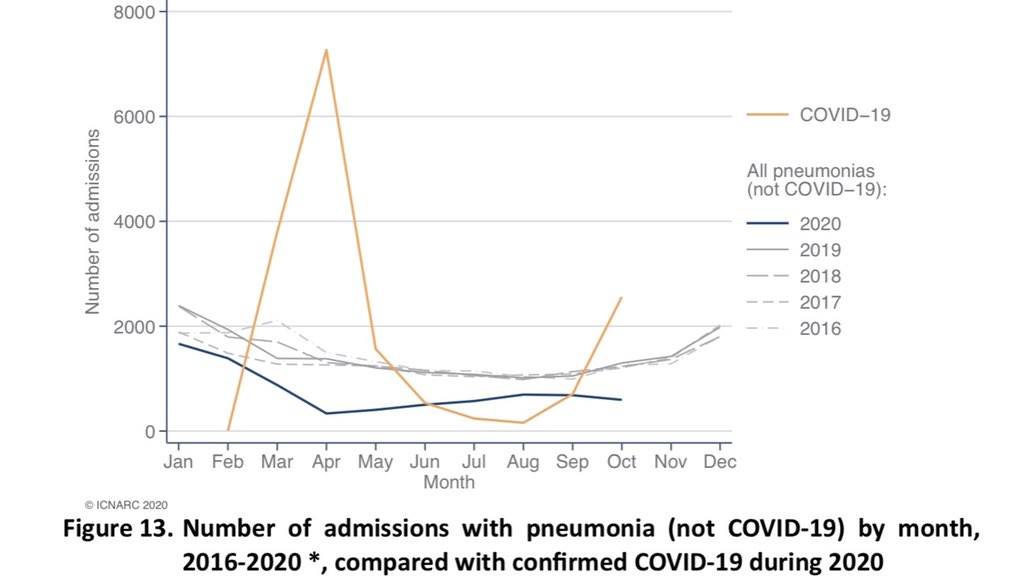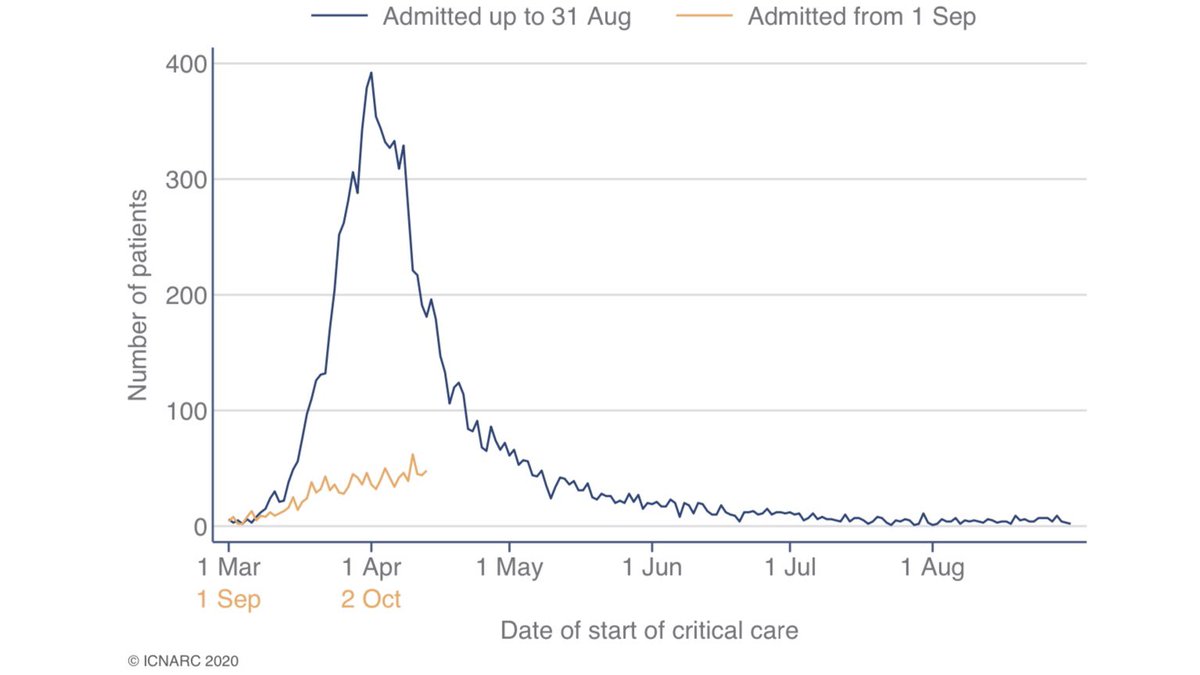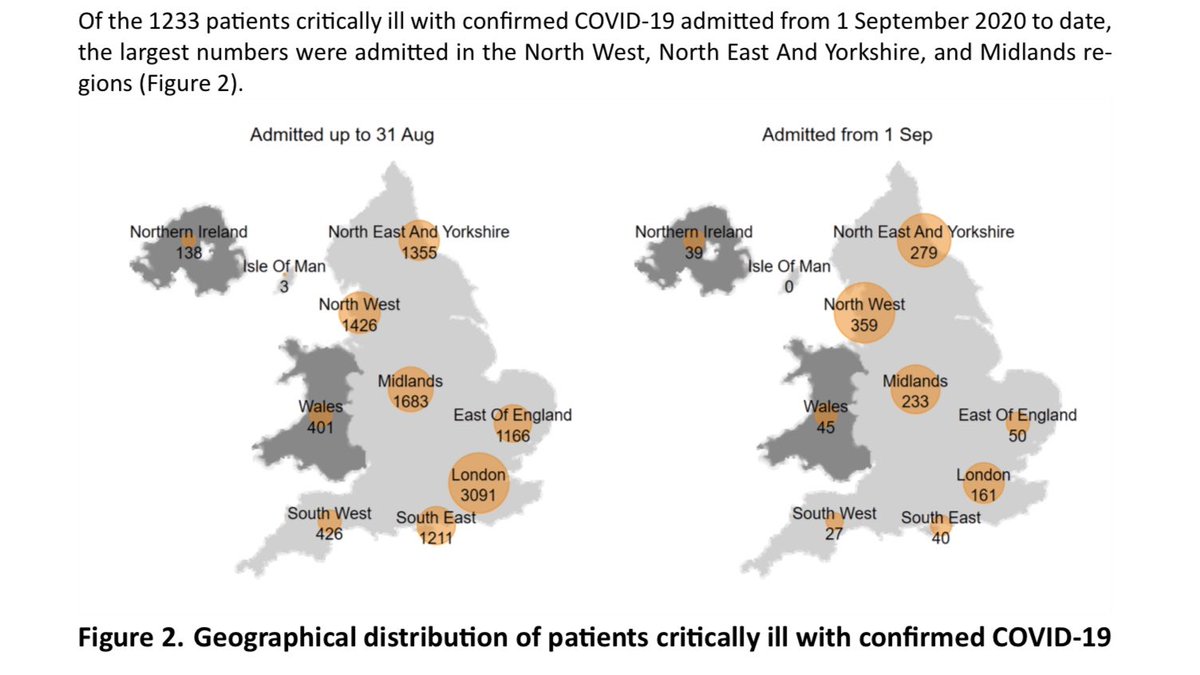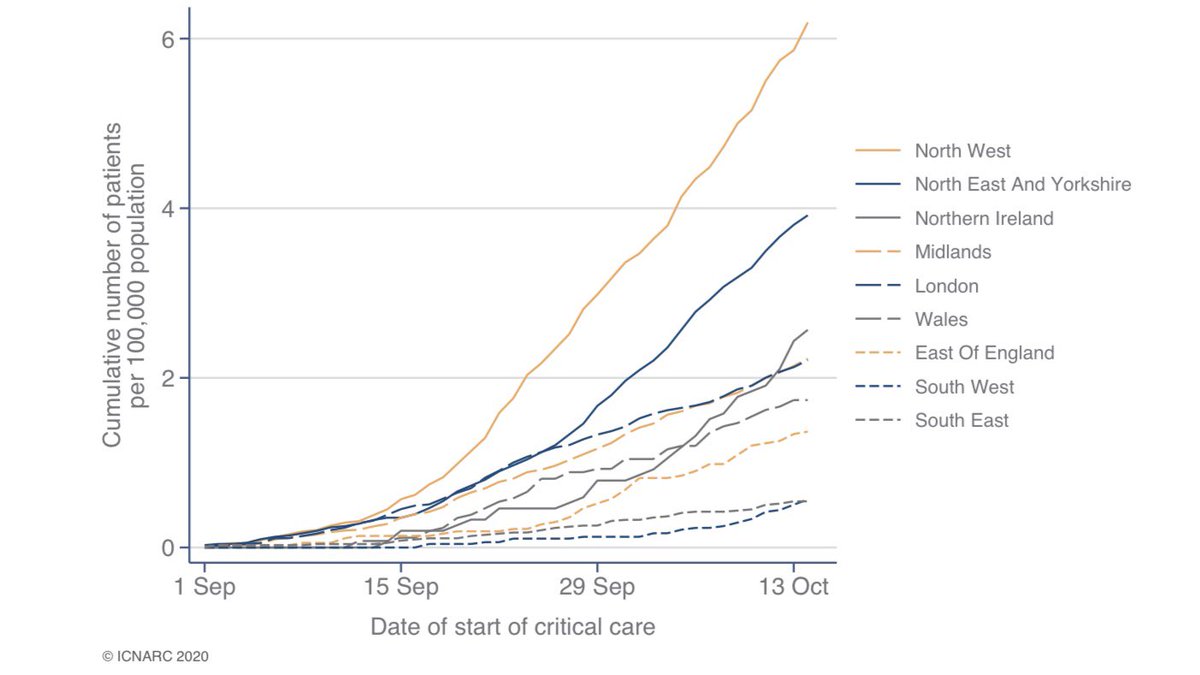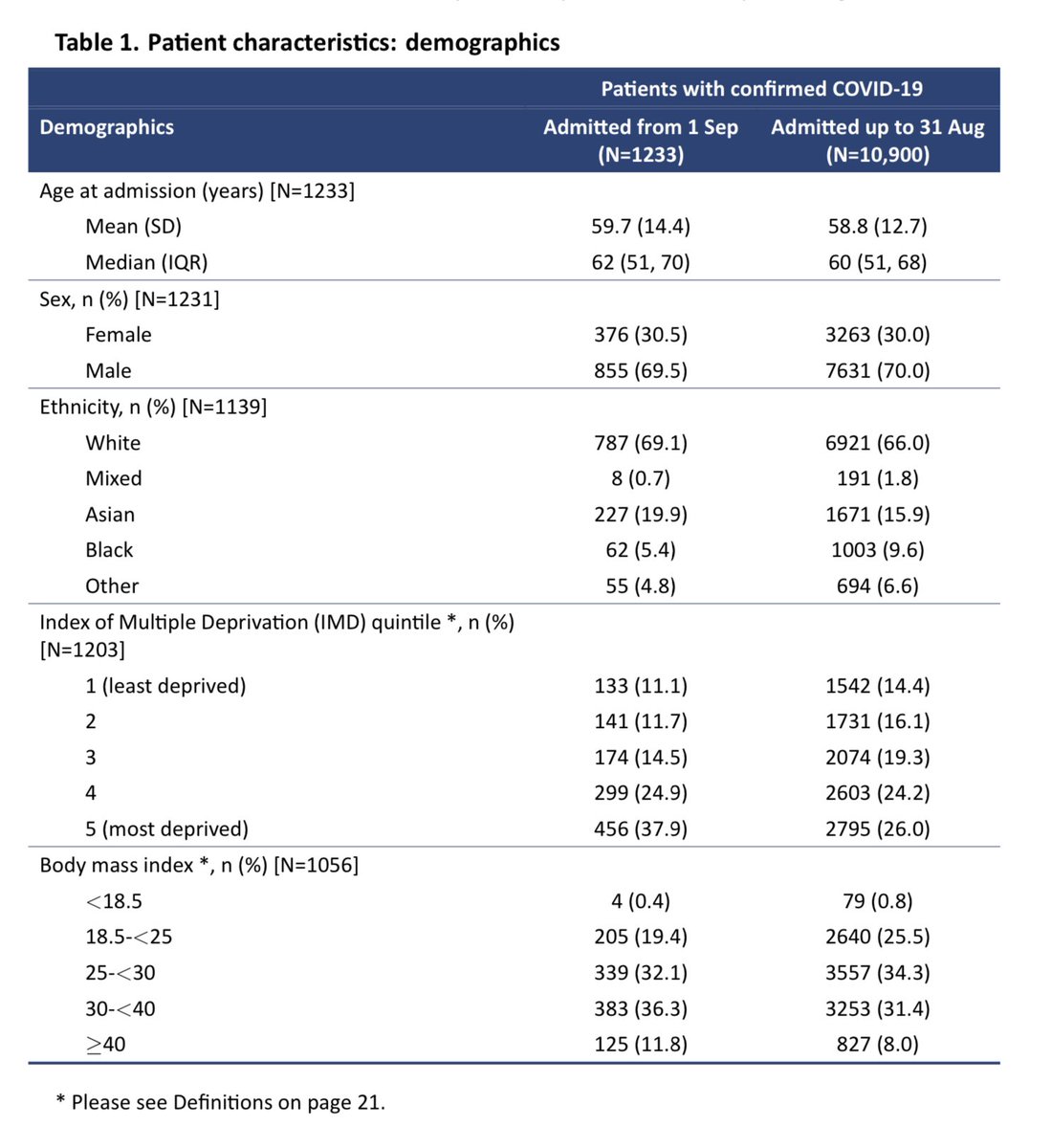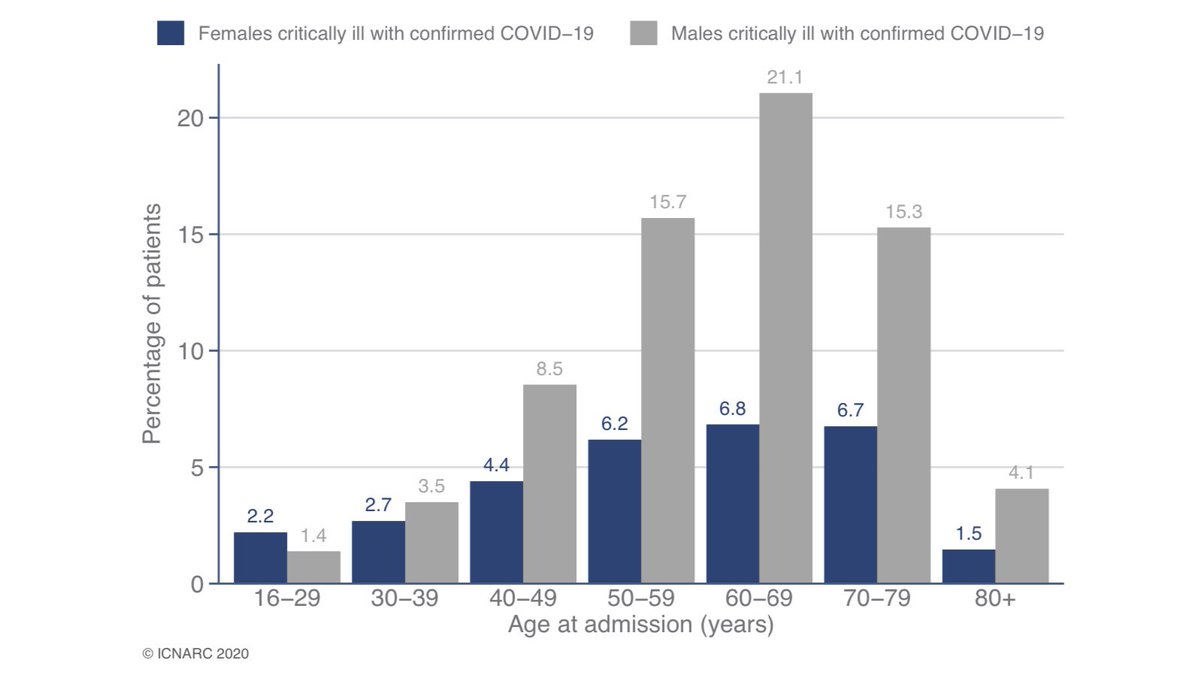
Latest ONS deaths data (to week ending 28 May) has been released.
312 fewer deaths were recorded in-week compared to the 2015-19 year average. That’s 3% lower.
Year to date there have been 259,829 deaths recorded, which is 10% higher than the 2015-19 average.
312 fewer deaths were recorded in-week compared to the 2015-19 year average. That’s 3% lower.
Year to date there have been 259,829 deaths recorded, which is 10% higher than the 2015-19 average.

There are 95 deaths where COVID was mentioned on the death certificate this week. 74% of the deaths with COVID mentioned had it listed as as underlying cause.
As with last week, when @john_actuary provided this update (thanks John!) we have another “clean” week without bank holiday distortions this year or the 2015-19 average. And, like last week, 2021 death counts are 3% below the 2015-19 average.
The best way to compare 2020/21 to earlier years is to examine age-standardised death rates.
Comparing death counts can be distorted slightly by ageing and growth of the population.
The CMI report weekly using this method. Their Mortality Monitor is due out later today.
Comparing death counts can be distorted slightly by ageing and growth of the population.
The CMI report weekly using this method. Their Mortality Monitor is due out later today.
The CMI report I referred to earlier has been published.
https://twitter.com/covid19actuary/status/1402275054315057161
• • •
Missing some Tweet in this thread? You can try to
force a refresh


